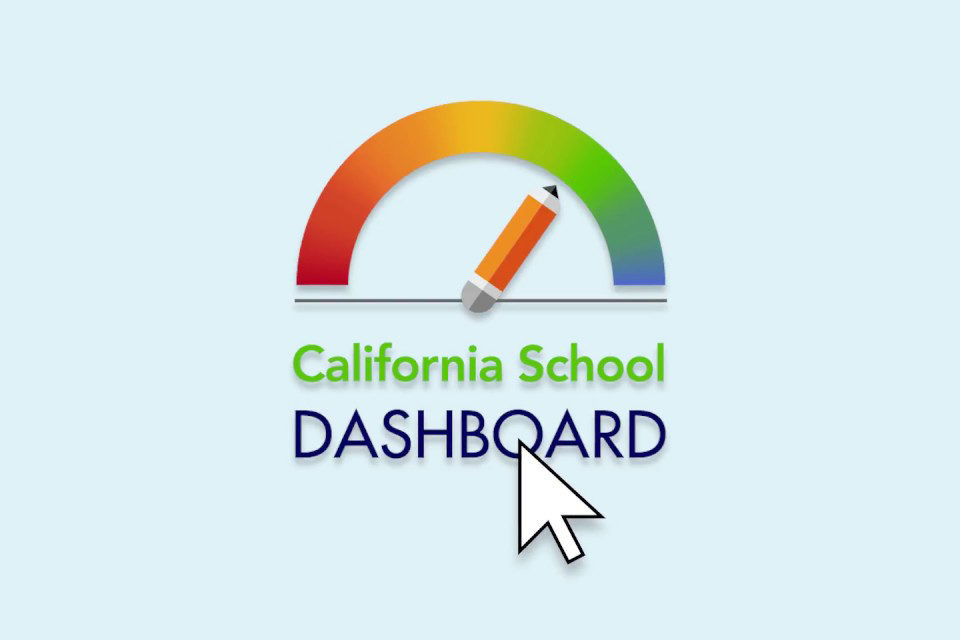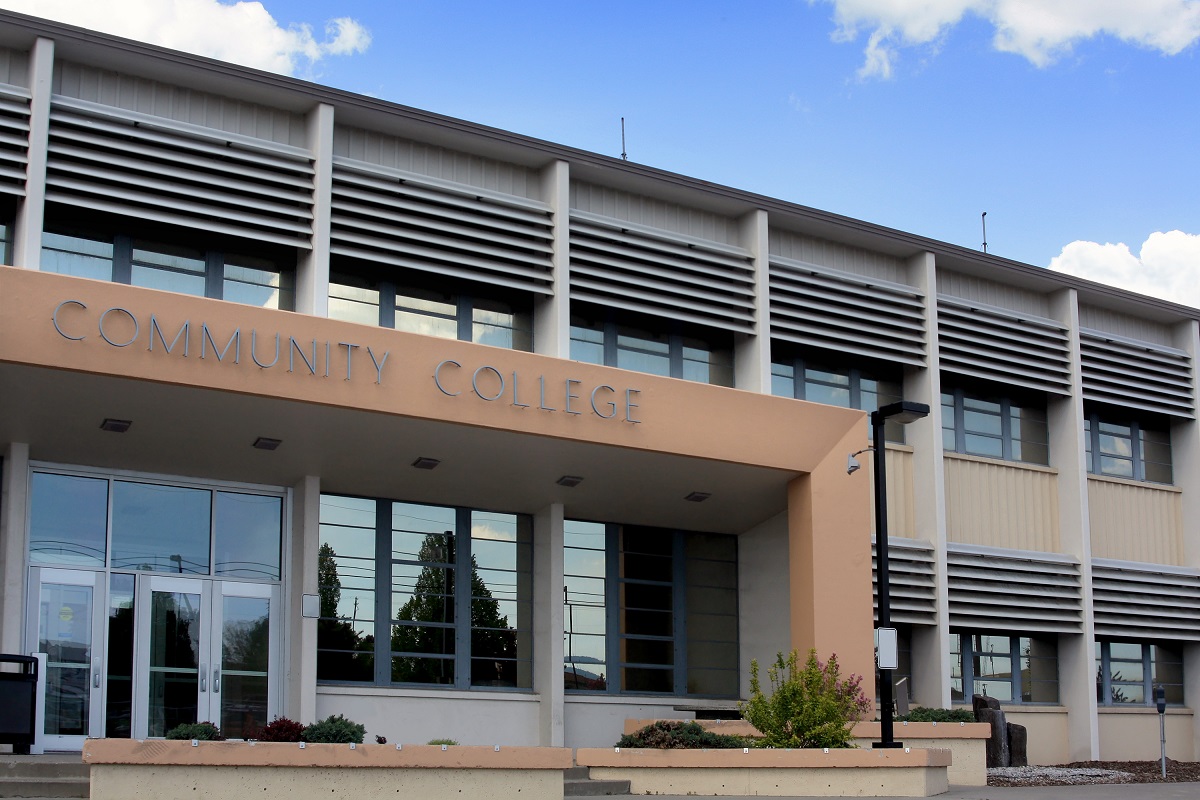The California Department of Education (CDE) unveiled the latest edition of the California School Dashboard on Nov. 21, touting “continued progress in academic achievement and graduation rates” and a “decline in chronic absenteeism.” While some growth was evident, a look at the underlying data reveals a more complicated picture of student performance — one that demands greater scrutiny of the status quo, increased investment in public schools, and wider replication of local strategies that have accelerated student achievement and well-being.
Overall, the snapshot of student performance shows that, starting from a low baseline, most student groups are demonstrating modest improvement, but at an extremely sluggish pace that will fail to close achievement gaps or vault overall student performance to an acceptable level within this generation or the next.
The 2024 Dashboard includes long-term English learners (LTELs) for the first time. An LTEL, for purposes of the Dashboard, is defined as “a pupil who has not attained English language proficiency within seven years of initial classification as an English learner.” More than 157,000 LTELs are represented in this year’s Dashboard for the state’s English language arts (ELA) and math assessments. The inclusion of this student group is having a large impact, with LTELs showing up in the top three student groups for differentiated assistance.
Academic achievement
ELA
Collectively, performance for all student groups increased by a total of 0.4 points, remaining at the “low” performance level, 13.2 points below grade-level standard for the Smarter Balanced summative assessment or California Alternate Assessment. Ten out of the 14 student groups scored in the “very low” or “low” tiers, with LTELs (-109 points), students with disabilities (-95.6) and foster youth (-87.3) in the “very low” category.
Math
The progress in math was more encouraging, although overall performance remains dismal. Students as a whole scored 47.6 points below proficiency, a 1.5 point improvement from the 2023 results. LTELs (-163.5 points), foster youth (-127.4), students with disabilities (-124.3) and students experiencing homelessness (-106) registered in the “very low” status level.
Graduation rates
Graduation rates nudged up 0.3 points to 86.7 percent and, after years of more robust growth, appear to have stabilized around that level, representing a significant increase from the 71.6 percent graduation rate at the turn of the century. Most groups contributed to the increase; however, graduation rates decreased for Pacific Islander (-1.4 percent) and Asian (-2.3 percent) students. The graduation rate for Asian students remains very strong at 92.2 percent but the rate for Pacific Islander students is more than 5 percentage points below the state average at 83.1 percent.
English learner progress
English learner progress dipped slightly as the percentage of students making progress on the summative English Learner Proficiency Assessment for California fell year-over-year for both English learners (down 3 percent) and LTELs (down 3.9 percent).
School culture
Suspensions
Suspension rates fell across all student groups with students experiencing homelessness and LTELs recording the largest drops, although suspension rates for LTEL students remain high at 8.1 percent, along with those for Black students (8.4 percent) and foster youth (13.2 percent).
Absenteeism
California demonstrated strong progress in the effort to make sure students come to school regularly as every student group saw a decrease in chronic absenteeism, with socioeconomically disadvantaged students and students with disabilities leading the way. Overall, chronic absenteeism fell 5.7 percent to 18.6 percent, a marked improvement, but still significantly worse than the pre-pandemic rate of 12 percent.
Differentiated assistance
A total of 436 school districts and county offices of education are eligible for differentiated assistance, a decrease from a record 617 local educational agencies that were eligible in 2022 following the COVID-19 pandemic. Since 2022–23, 153 LEAs have made significant improvements in student outcomes and are no longer eligible for differentiated assistance. Based on outcomes for specific student groups, 123 LEAs became newly eligible for differentiated assistance. According to CDE’s press release on the Dashboard, the majority of these districts and county offices of education are eligible based on “needs-to-improve” outcomes for LTELs.
The California School Dashboard results continue the recent trend of modest, uninspiring growth for the state’s students and reinforce the idea that dramatic measures are needed to jumpstart gains in the major metrics of student performance.
More information and communication resources for the California School Dashboard are available here.





